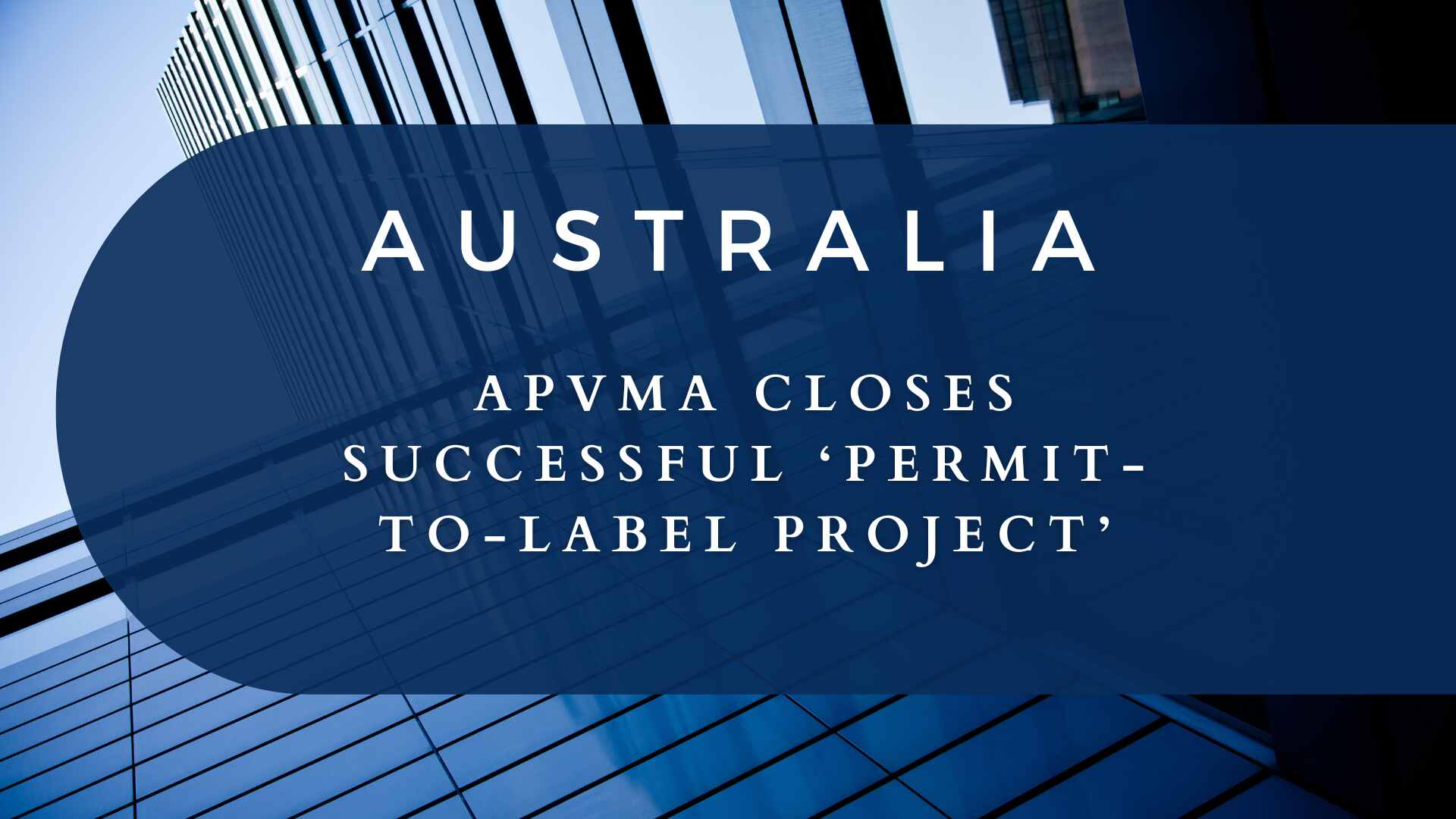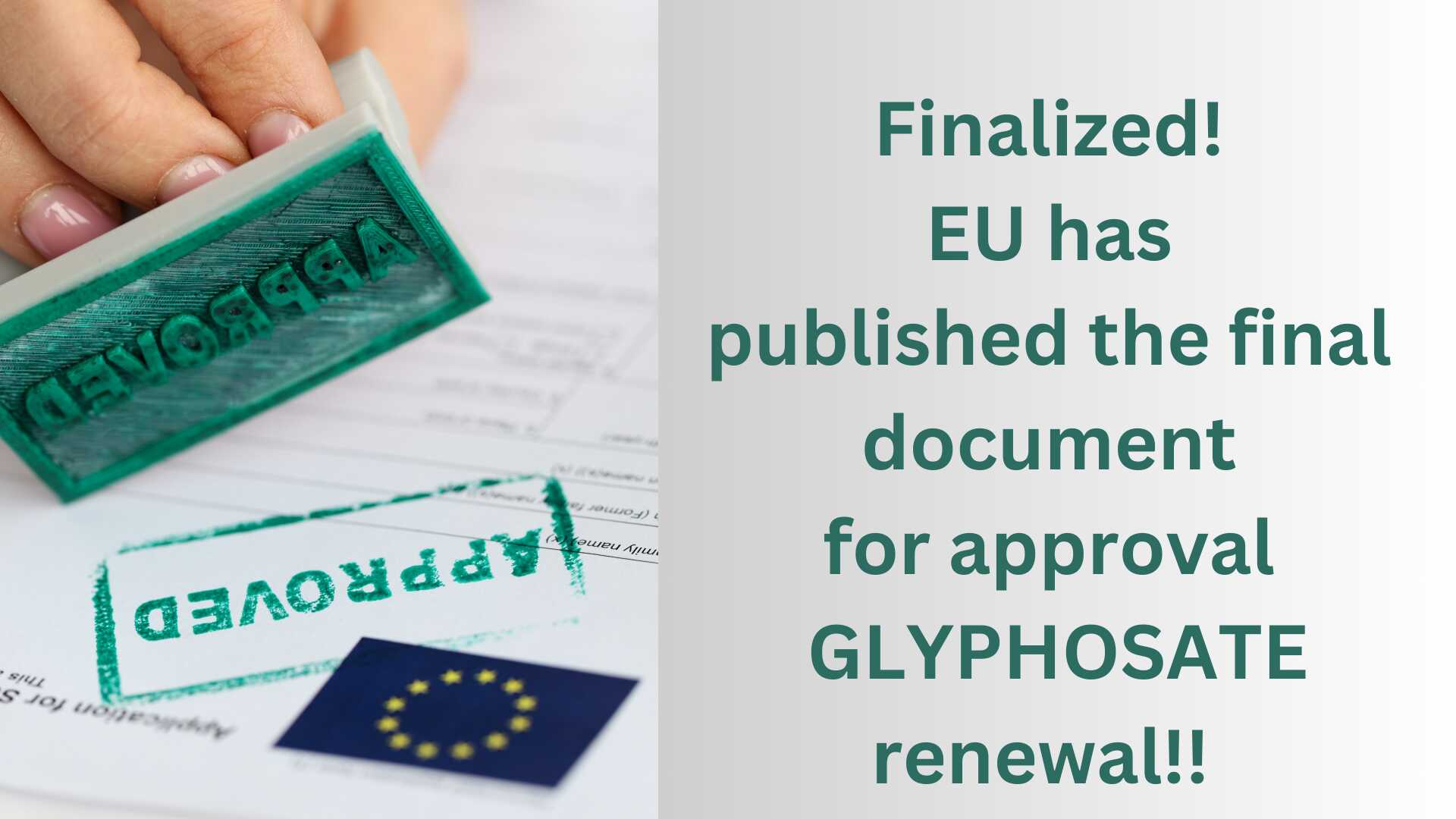The Australian Pesticides and Veterinary Medicines Authority (APVMA) has announced the successful closure of its Permit-to-Label project, an initiative launched in 2015 to increase access to agricultural and veterinary chemical products. Authority is also taking a significant step towards improving the safety and efficiency of chemical labelling with its new Permit-to-Label project. What is a […]
The European Chemicals Agency (ECHA) today announced the launch of ECHA CHEM, a new online platform that will provide public access to chemical information. This initial release is a big step forward in transparency and data accessibility, providing detailed information on over 100,000 REACH registrations. ECHA CHEM is a significant advance over ECHA‘s prior Information […]
The Austrian Federal Office for Food Safety (BAES) will implement the new numerical HRAC classification for all plant protection product approvals issued from February 1st, 2024, onwards. The ‘Herbicide Resistance Action Committee (HRAC)‘ has announced a significant modification to its categorization system, moving from a letter-based approach to a numerical one aligned with the Weed […]
Indoxacarb, famoxadone, and mancozeb are three frequently used fungicides that the Health and Safety Executive (HSE) says facing potential withdrawal from the UK market. After reviewing these active ingredients, the HSE discovered issues with their safety and potential effects on the environment. There are several possible causes for withdrawal – Mancozeb: Exposure levels for farmers […]
The Central Drugs Standard Control Organization (CDSCO) has launched the ‘National Single Window System (NSWS)’ site, which is a significant step in streamlining the process of obtaining medical device approvals in India. The federal government created this platform to serve as a one-stop shop for all investor-related clearances, making it easier to do business in […]
Law No. 14785, announced by Brazilian President Luiz Inácio Lula da Silva, established a comprehensive framework for the study, manufacturing, and use of pesticides and allied products, with the aim of streamlining and modernizing pesticide management. The repeal of Laws 7,802 and 9,974 by this comprehensive law Brazil strengthened the regulation of pesticides. The new […]
After months of reviewal and lots of discussion, the European Commission has finally published the final document renewing glyphosate, the weedkiller ingredient, for another ten years. Despite concerns about its potential link to cancer and a failure to reach a majority agreement among member states, the decision was made. This publication will be effective on […]
The United States Environmental Protection Agency (EPA) today released a draft plan outlining new measures to protect endangered animals and plants from the unintended consequences of rodent control. The “draft Biological Evaluation” looks at the effects of 11 commonly used rodenticides on nearly 1,800 endangered species and their habitats. The majority of these rodenticide applications, […]
The government has launched a new program aimed at empowering women farmers by utilizing cutting-edge drone technology to precisely apply nano urea and D-ammonia phosphate (DAP) in agricultural fields. The initiative, housed at the newly established Cooperative Rural Development Trust (CORDET) at IFFCO in Phulpur, represents a significant step toward increasing farmer’s income and revolutionizing […]
In the complex world of rules shaping our society, agrochemical regulations play a vital role in guiding responsible practices in agriculture. Every country tailors its own rules, aiming to find a sweet spot between boosting agricultural output and protecting the environment. These rules, enforced by agricultural authorities, are crucial for the safe and thoughtful use […]









